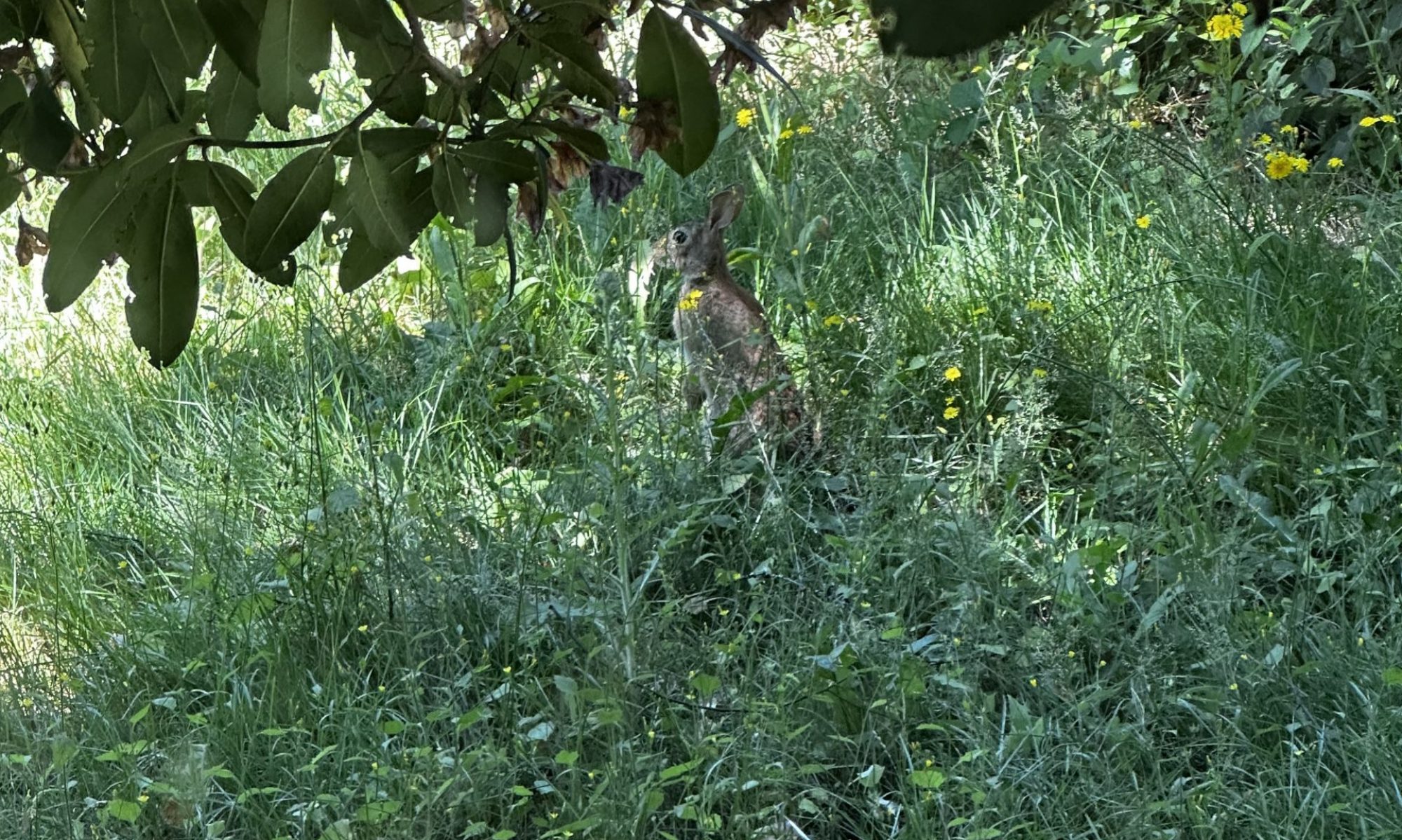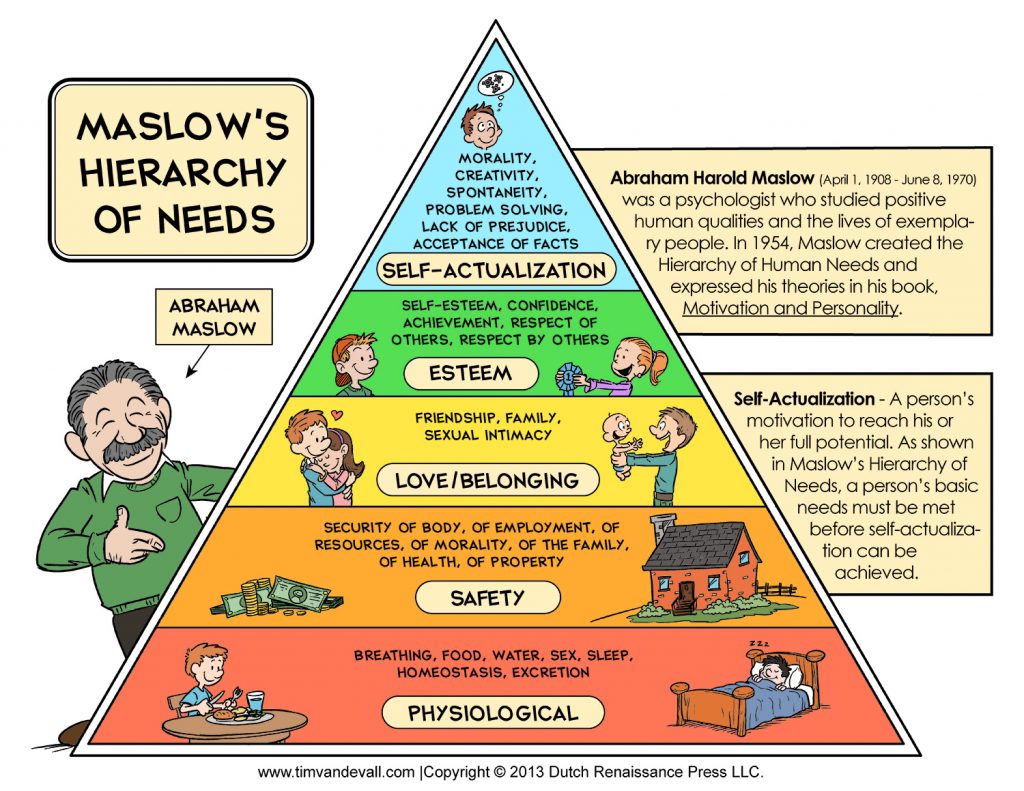Dance till you ache and drop, laugh till you cry. Sing till your lungs burst, and journey till the very road ends and dream by the moonless starless nights. Sleep with a secret smile on your lips, your body flush with the imprints of lips. Come alive, my dearest …reclaim yourself from the living dead.
Life beckons. ~Srividya Srinivasan
Over the last few weeks I have written to you about individuation and two parts (Release and Revolution (The Goo)) of the individuation process as I see it. This week I will talk to you the third part :: Reclamation.
First though, I want to share with you a bit more of how I view this entire process. I see it through the lens of the myth of Inanna.
In short (links to fuller versions of the myth are below), Inanna, the Sumerian Goddess of Heaven and Earth goes to the Underworld to sit with her grieving sister Ereshkigal. To enter the Underworld she must pass through seven gates and at each gate she removes a piece of clothing, so that she finally enters the realm of her sister naked.
This is the process of release. Of setting down that which we do not need, that which does not serve us.
When Inanna enters the Underworld, her sister kills her, hangs her on a hook, naked and leaves her for dead.
This is the time of The Goo. Of transformation. Of revolution. Of being in-between death and rebirth.
Inanna’s handmaiden, Ninshubar, goes to Inanna’s uncle after she has been gone for three days and asks for help to bring her back from the Underworld. The uncle creates two creatures that Ninshubar takes to the Underworld and gifts to Ereshkigal.
It is important to note this part of the story :: that ultimately our rebirth is in many ways dependent on those who are in our community. That it is only with the support of others that we can move through challenging, death-like times. That not one of us can return from the depths of the Underworld, of our own shadows and unconscious, without the help of others.
Eventually, the creatures ask Ereshikgal to release Inanna. Because the creatures held space for Ereshkigal’s grief, allowing her to wail in the rawness of her own pain without judgement or trying to “fix” her, Ereshkigal agreed.
This is another important part of the story to take note of :: it is through the love and acceptance of others that we are each able to change ourselves (and our own minds). If the creatures hadn’t accepted Ereshkigal as she was in her rawness and profound grief, the story would have ended very differently.
And so Inanna returns to reclaim her role as Queen of Heaven and Earth, first passing back through each of the seven gates and (consciously, mindfully) reclaiming the clothing she had left behind on her descent.
The ascent is the time of reclaiming. At each gate Inanna, has the opportunity to retrieve what she left behind or not. Perhaps some of the articles of clothing have also transformed. It is a time of looking within and deciding what is wanted, what is needed.
(There is a bit more to this particular myth, after Inanna returns, but I won’t be talking about it in this essay.)
This reclamation is perhaps, in many ways, the most challenging part of the process. It is different from challenge of setting down or the discomfort of sitting in the in-between.
It is a time of deep vulnerability. As we connect to those parts of us that need and want filling, satiating, to be fed. As we connect to our own strengths and power and daring. As we do the work of claiming our space and time in the world, going against all we were conditioned to believe.
This is when we bravely go against the status quo, against our patriarchal culture and mindfully step into who we deeply want to be, without apology, without shame.
I talk more about all this in the 9-minute video below ::
This essay and video series is in part to share with you the topics we’ll be unearthing, unraveling, and unlearning in the six month circle Becoming Unleashed. We begin September 22. If you are interested, you can learn more and request an application here. xoxo
To read the other essays and view the other videos in this series, click the links below ::
Self Actualization in Community
Here are a couple links that give more detail and analysis of the Inanna myth:

 When we look at Maslow’s Hierarchy (right), individuation (what Maslow calls “self actualization”) is that the “top” of the pyramid. This implies that it cannot be achieved unless the other needs are met. As in, if you do have stable sources of food and shelter, you aren’t going to be working on “self-awareness” – you’re going to be working on finding stable sources of food and shelter!
When we look at Maslow’s Hierarchy (right), individuation (what Maslow calls “self actualization”) is that the “top” of the pyramid. This implies that it cannot be achieved unless the other needs are met. As in, if you do have stable sources of food and shelter, you aren’t going to be working on “self-awareness” – you’re going to be working on finding stable sources of food and shelter!